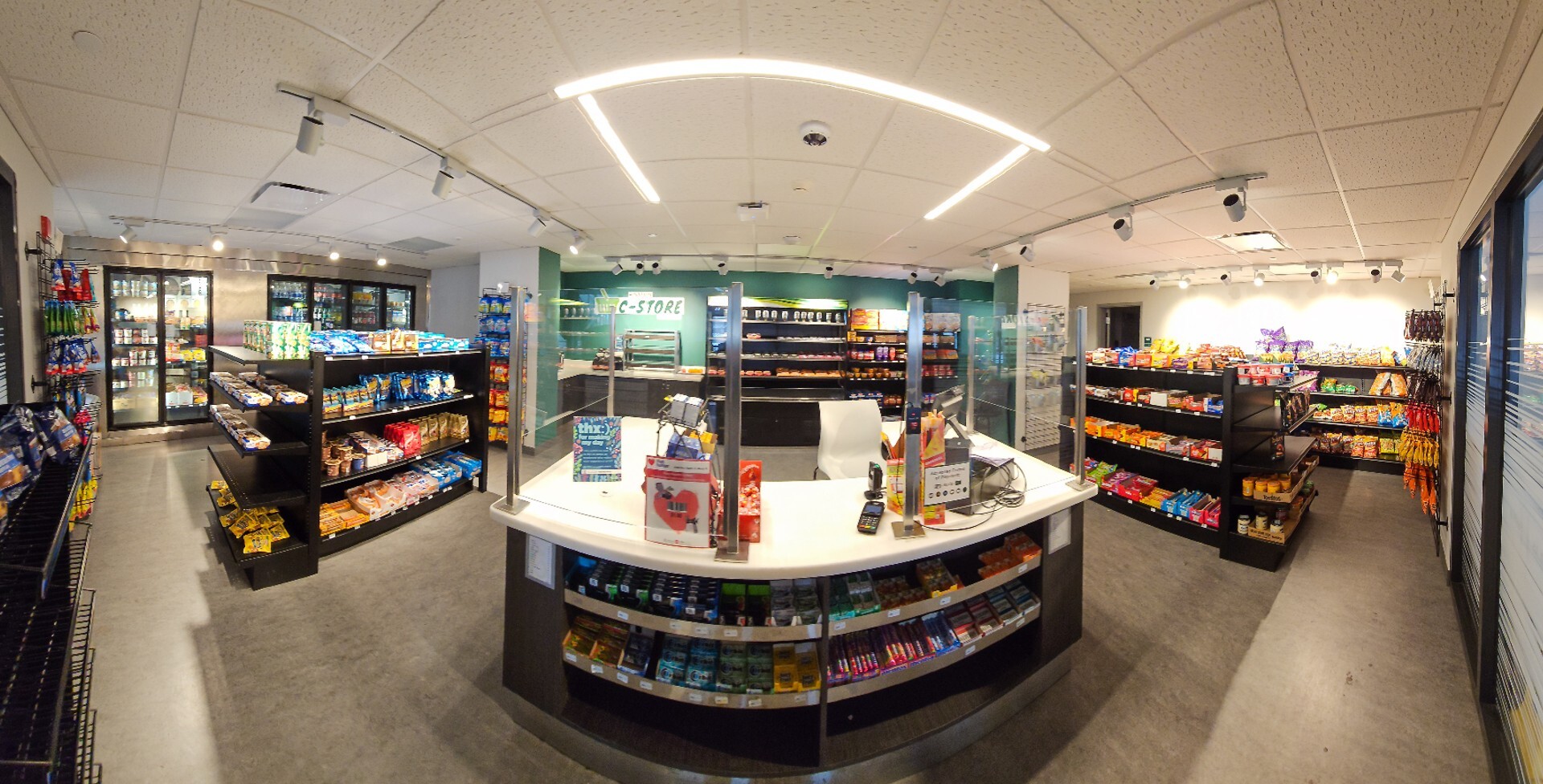
Effective asset management relies on informed repair versus replacement decisions that optimize ROI, potentially reducing unplanned downtime by 50% and extending equipment lifetimes by 20-40%. This guide outlines how to create a decision framework using data-driven insights, predictive analytics, and cost modeling, enabling facility managers to shift from reactive to proactive maintenance strategies.
Assessing Asset Eligibility for Forecasting
Identify critical assets and high-impact equipment
Critical assets are those whose failure could cause production loss, safety incidents, or regulatory breaches. Their management is crucial due to their significant impact.
Conduct an asset criticality assessment by prioritizing equipment based on:
- Downtime cost: Financial impact per hour of failure
- Revenue contribution: Asset's role in revenue generation
- Compliance risk: Regulatory consequences of failure
- Safety implications: Potential harm to personnel or the public
- Replacement lead time: Speed of restoration or replacement
For instance, an HVAC unit in a hospital is critical due to its impact on patient safety and regulatory compliance. It necessitates frequent monitoring and lower thresholds for replacement consideration.
Implement risk-based prioritization by scoring assets on a matrix weighing failure probability and consequence. High-scoring assets should be prioritized in forecasting efforts.
Gather historical maintenance and performance data
Comprehensive data collection is vital for accurate cost forecasting. Primary data sources include:
- CMMS/EAM logs: Work orders, schedules, and records
- Sensor readings: IoT data on performance trends
- Warranty records: Coverage, claims, and support history
Key metrics to capture:
- Mean Time Between Failures (MTBF): Average operational time between failures
- Repair cost per unit: Total maintenance costs divided by repair events
- Downtime frequency: Frequency and duration of service outages
Organizations using predictive maintenance report 30-50% fewer equipment failures and significant reductions in unplanned downtime, transforming maintenance into a strategic advantage.
Ensure historical data includes both direct (labor, parts) and indirect costs (downtime, lost productivity) for accurate total cost of ownership calculations.
Define asset lifecycle stages
Understanding each asset's lifecycle informs the appropriate maintenance strategy. Typical stages include:
- Acquisition: Purchase and setup
- Commissioning: Installation and testing
- Operation: Routine maintenance
- Refurbishment: Overhauls to extend life
- End-of-life: Decommissioning and replacement
Establish lifecycle markers for repair-vs-replacement reviews, such as reaching 75% of design life, three major failures within 12 months, or annual maintenance costs exceeding 15% of replacement value.
|
Repair-Focused Stage |
Replacement-Focused Stage |
|
0-60% of design life |
75%+ of design life |
|
Routine maintenance sufficient |
Major components failing |
|
Parts readily available |
Obsolete parts, long lead times |
|
Energy efficiency acceptable |
Significant efficiency degradation |
|
Meets current regulations |
Regulatory compliance issues |
Vixxo's Forecasting Value Proposition
Integrated data platform for real-time insights
Vixxo consolidates data from IoT sensors, CMMS, ERP systems, and BIM models into a unified dashboard, providing comprehensive asset visibility. This integration eliminates data silos, ensuring decision-makers have real-time information for evaluating repair versus replacement.
The platform's visibility reduces decision latency, improving ROI by enabling proactive interventions before minor issues escalate. Facility managers can access current asset health scores, cost projections, and recommended actions instantly.
Predictive analytics powered by AI/ML
Vixxo employs advanced analytical techniques to forecast asset performance and optimize maintenance decisions:
- Statistical models: Regression analysis for failure prediction
- Machine-learning classifiers: Algorithms identifying failure precursors
- Time-series forecasting: Trend analysis for future maintenance needs
Vixxo's AI models have achieved through optimized scheduling and proactive interventions, continuously learning from new data to improve accuracy.
Seamless integration with existing CMMS/EAM
Vixxo is compatible with leading enterprise systems, including:
- IBM Maximo
- SAP Plant Maintenance (PM)
- Infor EAM
- Oracle Enterprise Asset Management
- Maintenance Connection
The integration process involves:
- Data ingestion: Automated extraction from existing systems
- Data normalization: Standardizing formats across platforms
- Feedback loops: Continuous data consistency synchronization
- Enhanced analytics: Enriching data with predictive insights
This integration aligns with the trend toward predictive maintenance platforms that combine traditional CMMS functionality with advanced analytics.
Repair vs Replacement Decision Framework
Key criteria: cost, downtime, reliability, compliance
Effective decision-making requires evaluating across four critical dimensions:
|
Asset ID |
Cost Score |
Downtime Risk |
Reliability Score |
Compliance Status |
|
HVAC-001 |
High |
Medium |
Low |
Compliant |
|
PUMP-205 |
Medium |
High |
Medium |
Non-compliant |
|
GEN-102 |
Low |
Low |
High |
Compliant |
Reliability refers to the probability an asset will perform without failure under specified conditions, impacting operational continuity and long-term costs.
While estimating costs, apply the 5-15% contingency guideline for unforeseen complications or extended downtimes.
Applying the 75% rule and other benchmarks
The 75% rule indicates that when repair costs exceed 75% of replacement costs, replacement is generally preferred, accounting for the benefits of new equipment.
Additional benchmarks to consider:
- 2-year downtime threshold: Cumulative downtime over two years exceeding 10% of operating hours may indicate replacement.
- Energy efficiency delta >10%: New equipment showing over 10% improvement in efficiency should be factored into analysis.
- Regulatory compliance gap: If repairs cannot ensure compliance, replacement is necessary.
Combining multiple estimation methods provides more robust decision-making than relying on a single benchmark.
Scenario analysis with Vixxo tools
Vixxo's scenario-builder enables comprehensive "what-if" analyses:
Scenario 1: Low-cost repair ($5,000)
- Immediate service restoration
- 18-month reliability projection
- Total cost including labor and downtime: $7,500
Scenario 2: High-cost repair nearing replacement ($45,000 vs $60,000 replacement)
- Exceeds 75% threshold
- Limited warranty on repaired components
- Recommended action: Replace
Scenario 3: Regulatory-driven replacement
- Current equipment fails to meet emissions standards
- Repair technically feasible but non-compliant
- Mandatory replacement timeline: 90 days
Each scenario analysis provides outcome metrics, including ROI, payback period, and risk reduction scores to support data-driven decisions.
Cost Modeling and ROI Calculation
Calculating total cost of ownership for repair
Accurate TCO calculation requires capturing all cost components:
TCO = Labor + Parts + Downtime + Travel + Contingency
- Labor: Include regular time, overtime, and contractor rates
- Parts: Factor in expedited shipping for emergencies
- Downtime: Calculate production losses and missed revenue
- Travel: Account for technician travel time and expenses
- Contingency: Apply a 5-15% buffer for unexpected issues
Organizations using predictive maintenance see average reductions in labor hours of 10-40% due to better planning.
Estimating replacement lifecycle costs
Replacement lifecycle costs extend beyond initial purchase price, including:
- Acquisition: Equipment cost, delivery, and setup
- Installation: Site preparation and commissioning
- Commissioning: Testing and validation
- Training: Education for operators and maintenance staff
- Depreciation: Accounting for asset value decline
Utilize BIM-driven quantity take-offs to improve installation estimate accuracy.
|
Cost Category |
Repair TCO |
Replacement Lifecycle Cost |
|
Initial Investment |
$25,000 |
$75,000 |
|
Annual Maintenance |
$8,000 |
$3,000 |
|
Energy Costs |
$12,000/year |
$8,000/year |
|
Expected Life |
3 years |
15 years |
|
Total 15-Year Cost |
$180,000 |
$135,000 |
Quantifying ROI and payback period
Calculate ROI using the formula:
ROI = (Net Benefit ÷ Investment) × 100%
For payback period, divide the initial investment by annual cash flow improvements to determine months required to recoup the investment.
Organizations implementing predictive maintenance strategies experience up to 50% reduction in unplanned downtime, improving ROI through enhanced operational availability.
Use-Case Recommendations and Best Practices
High-frequency, low-criticality assets
For frequently failing assets with minimal impact, implement a repair-first strategy with periodic cost reviews to minimize capital expenditure while maintaining service levels.
Best practice: Use automated work-order triggers based on sensor thresholds to initiate repairs before total failure, reducing emergency costs and extending asset life.
Critical infrastructure and safety-sensitive assets
Safety-sensitive assets can result in injury or regulatory violations if they fail. For these, advocate for replacement or major overhauls when repair costs exceed 50% of replacement costs or when reliability drops below 80%.
Implement continuous compliance monitoring to ensure these assets meet performance standards, as regulatory requirements may set conservative replacement thresholds.
Long-term strategic capital planning
Develop 5-10 year capital plans incorporating forecasted repair versus replacement decisions into the broader organizational strategy for better budget planning and vendor negotiations.
Track these key performance indicators:
- Average repair cost per unit: Maintenance efficiency metric
- Asset age distribution: Timing for replacements
- Capital expenditure variance: Actual vs. budgeted replacement costs
The future outlook suggests AI-driven predictive models could extend asset life by up to 40% through optimized maintenance strategies.
Frequently Asked Questions
How do I collect accurate repair cost data?
Capture detailed labor hours, parts pricing, and downtime losses in your CMMS, enriching data with IoT alerts. Use standardized work order templates for technicians to document all costs, including travel time and indirect impacts, and perform regular audits for accuracy.
When should I consider replacement instead of repair?
Consider replacement when repair costs exceed 75% of the estimated replacement cost, when downtime risk is unacceptable, or when regulatory compliance cannot be achieved through repair. Triggers also include obsolete parts, three major failures within 12 months, or energy efficiency improvements justifying the investment.
What if my asset data is incomplete or fragmented?
Consolidate existing work orders and sensor logs into a centralized data lake, then use statistical imputation or AI-assisted techniques to fill gaps. Start with critical assets and gradually expand data collection. Partial data can still provide valuable insights when combined with benchmarks and predictive analytics.
Let’s talk.
Get in touch and fill out the contact form below!




